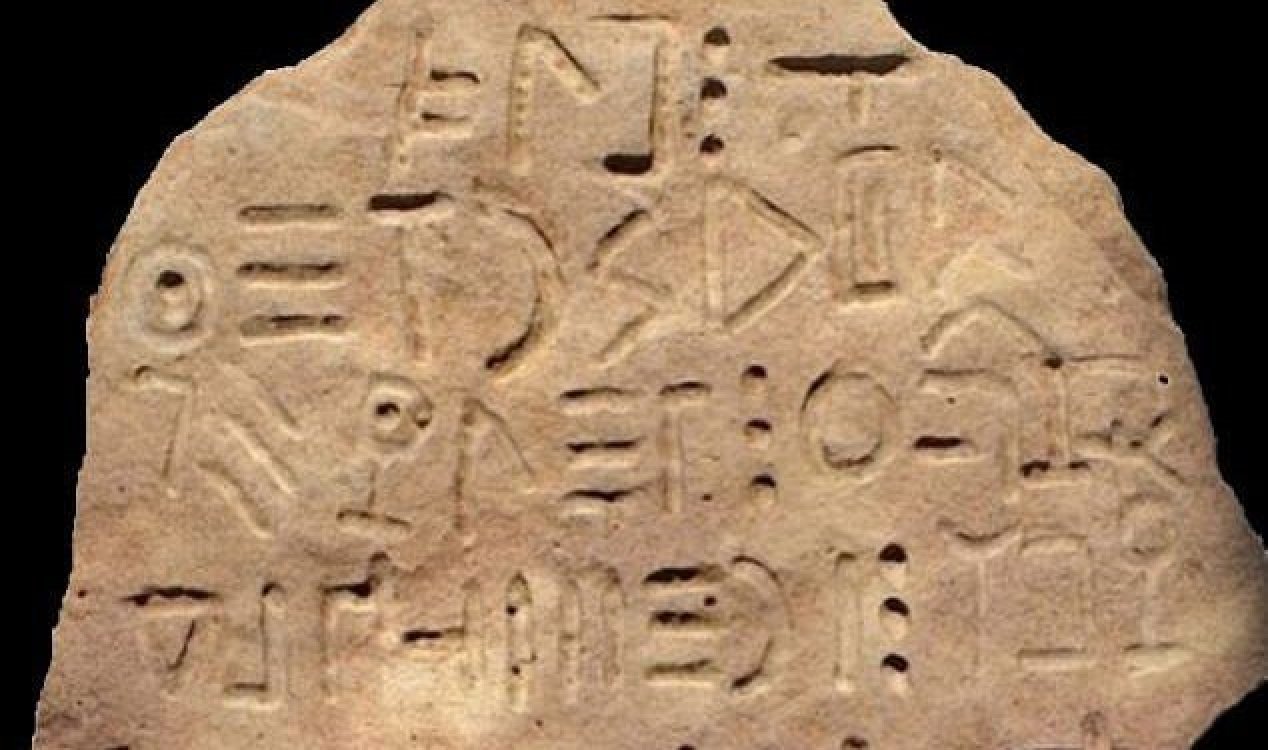
What does this writing mean ? Image Credit: Ramaz Shengelia et al.
A mysterious basalt stone slab discovered by fishermen in the silt of Georgia’s Bashplemi Lake three years ago has left archaeologists and linguists puzzled.
Etched with 60 symbols arranged in seven rows, the inscription features characters that do not match any known language. Despite efforts from experts around the world, no one has yet managed to interpret its meaning.
While some of the symbols bear a resemblance to scripts used in ancient India, Egypt, and Western Iberia, the overall writing system is entirely unique—making translation impossible for now. The slab itself has also posed dating challenges, though most researchers agree it likely originates from either the late Bronze Age or early Iron Age.
Some scholars theorize that the repeated characters may represent numerical data—possibly linked to military conquests or ancient construction records. Others suggest the writing could hold religious or ceremonial significance.
In a newly published paper in the Journal of Ancient History and Archaeology, researchers wrote:
“While the Bashplemi inscription does not directly match any known script, the symbols resemble elements from Middle Eastern systems, as well as from more distant regions like India, Egypt, and West Iberia.”
Despite these intriguing clues, the true origin and purpose of the inscription remain a mystery. Without additional examples of the script or a translation key, it may be impossible to decode.
However, researchers remain hopeful.
“Deciphering the inscription from historic Dbaniskhevi could prove to be a groundbreaking event—potentially reshaping our understanding of script development in the Caucasus and challenging long-held historical assumptions,” they concluded.